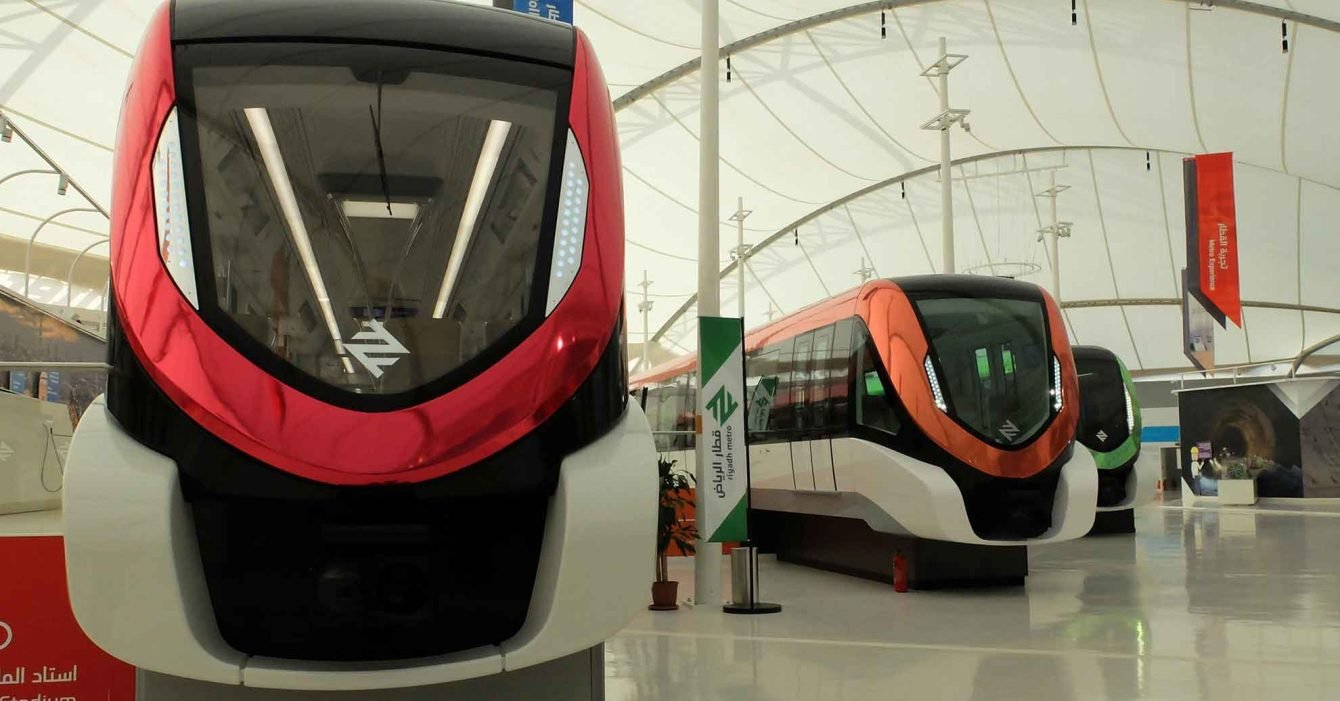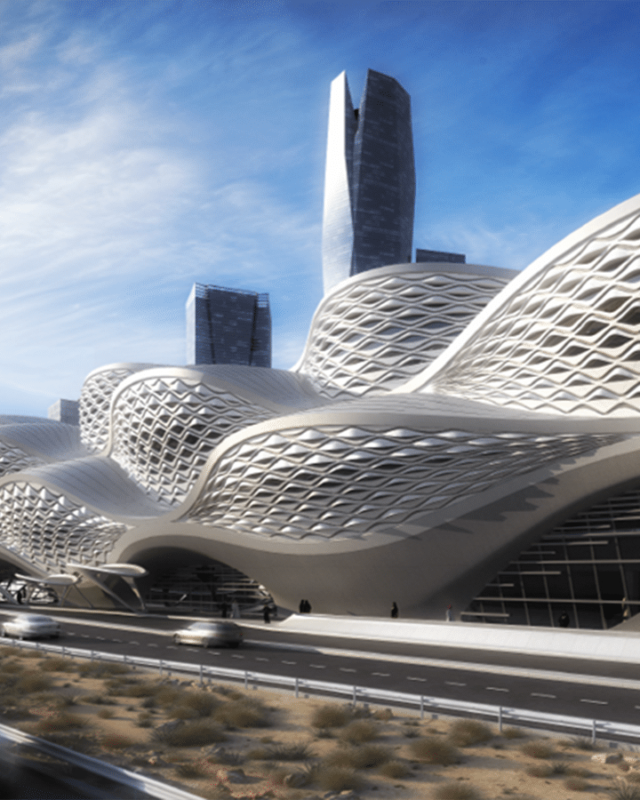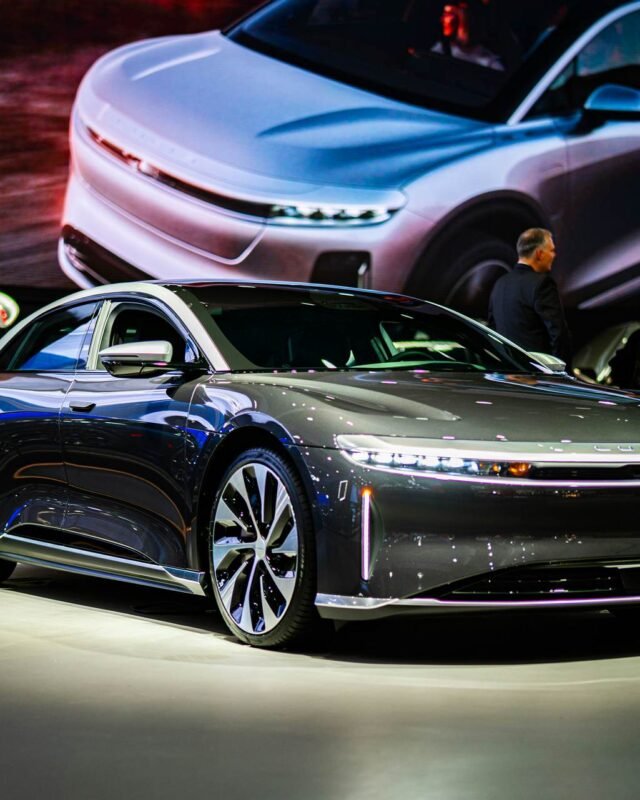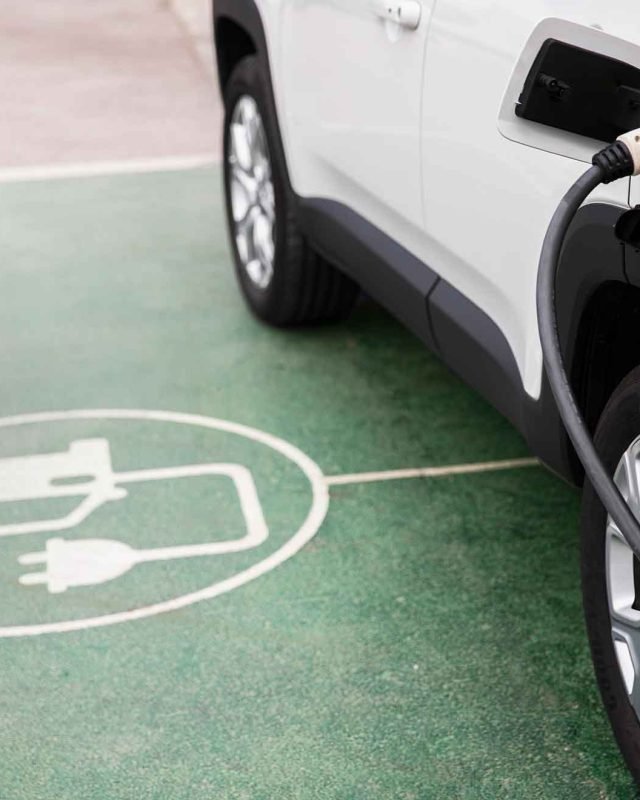A Paradigm Shift in Public Transit
As Saudi Arabia’s cities grow and urbanization accelerates, the need for efficient, sustainable, and interconnected public transportation systems becomes increasingly apparent. In response to this demand, Saudi Arabia is undergoing a transformation in its public transit landscape with substantial investments in metro systems and high-speed rail networks. This article explores the kingdom’s ambitious endeavors, the rationale behind them, and the potential impact on urban mobility and economic development.
A Growing Need for Efficient Mobility
The rapid urbanization and population growth in Saudi Arabian cities have strained existing transportation infrastructure, leading to issues such as traffic congestion, longer commute times, and increased air pollution. To address these challenges, Saudi Arabia has recognized the importance of investing in modern, efficient public transportation solutions.
Metro Systems: Urban Mobility Revolution
Metro systems are at the forefront of Saudi Arabia’s urban mobility revolution. Riyadh, Jeddah, and other major cities are witnessing the development of extensive metro networks that promise to revolutionize daily commuting. These metro systems are designed to alleviate traffic congestion, reduce emissions, and provide residents with a convenient and sustainable alternative to private vehicles.
High-Speed Rail: Connecting Cities and Regions
In addition to metro systems, Saudi Arabia is investing heavily in high-speed rail networks. The Haramain High-Speed Railway, connecting Mecca and Medina via Jeddah and King Abdullah Economic City, stands as a testament to the kingdom’s commitment to seamless regional connectivity. High-speed rail not only offers rapid and comfortable intercity travel but also stimulates economic development along its routes.
Vision 2030 and Public Transit
Saudi Arabia’s Vision 2030 plan serves as the guiding force behind these public transportation investments. The plan recognizes the role of efficient and sustainable public transit in reducing traffic congestion, enhancing the quality of life for residents, and fostering economic diversification. The commitment to Vision 2030 aligns with the kingdom’s determination to reduce its dependence on oil and promote environmental sustainability.
Economic Growth and Job Creation
The development of metro systems and high-speed rail networks generates substantial economic opportunities. These projects create jobs, stimulate local economies, and drive investment in related industries such as construction, technology, and transportation services. Additionally, they attract foreign investments and tourism, further boosting economic growth.
Environmental Sustainability
The expansion of public transportation aligns with Saudi Arabia’s sustainability goals. By reducing the number of private vehicles on the road, these systems help mitigate air pollution and greenhouse gas emissions. Sustainable practices, such as energy-efficient trains and stations, are integral to the design and operation of these transit systems.
Challenges and Future Prospects
While the investments in metro systems and high-speed rail are promising, challenges such as project management, funding, and coordination between different stakeholders must be effectively addressed. Additionally, public awareness and education campaigns will be crucial to encourage the use of public transit and alleviate concerns about its convenience and safety.
Conclusion: A Transportation Renaissance
Saudi Arabia’s ambitious investments in metro systems and high-speed rail networks herald a transportation renaissance in the kingdom. These projects hold the potential to redefine urban mobility, stimulate economic growth, reduce environmental impact, and improve the quality of life for residents. As these systems become operational and expand, Saudi Arabia’s cities are poised to enter a new era of efficient, sustainable, and interconnected public transportation.
